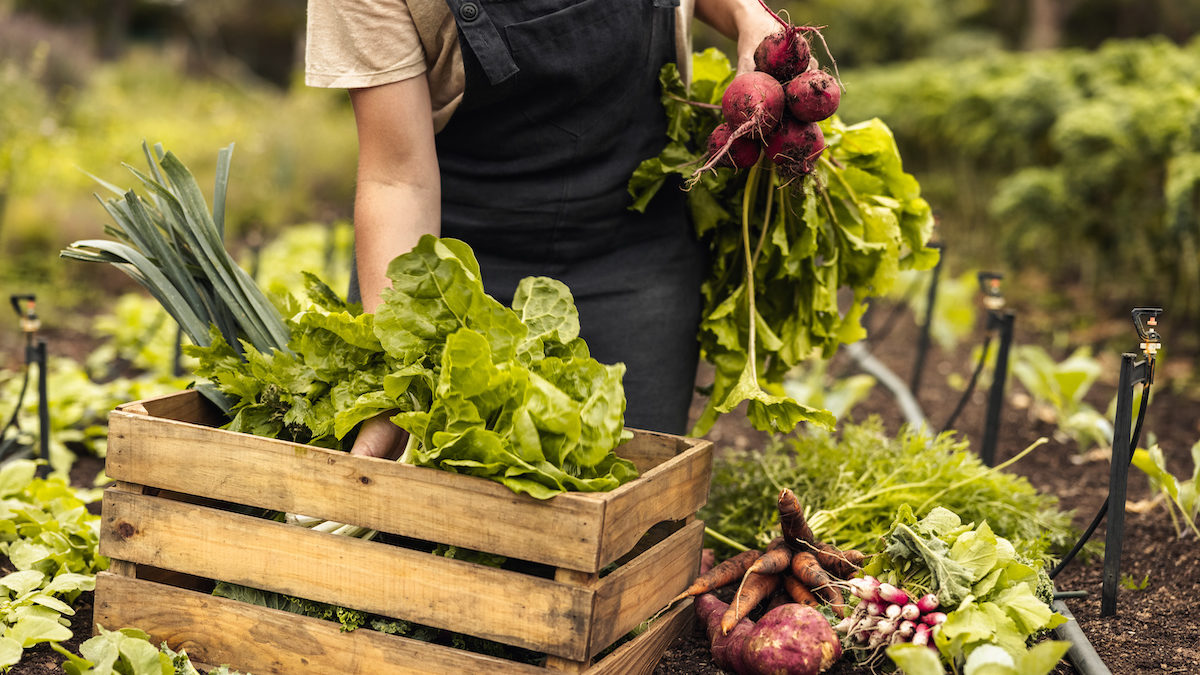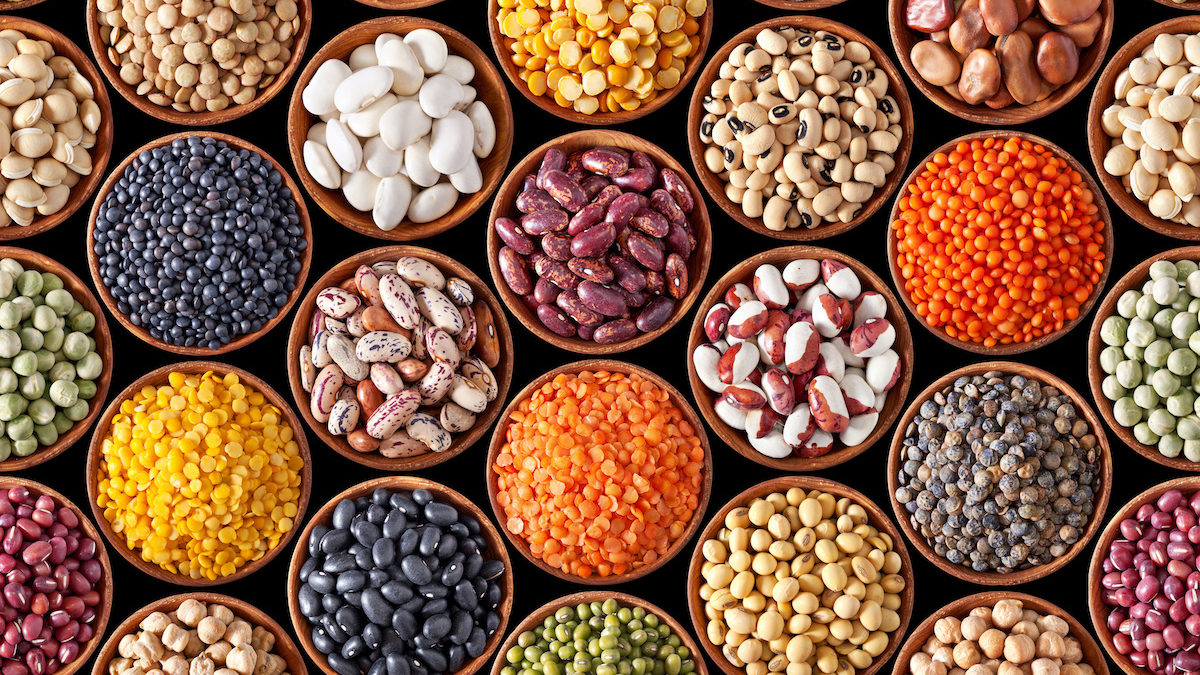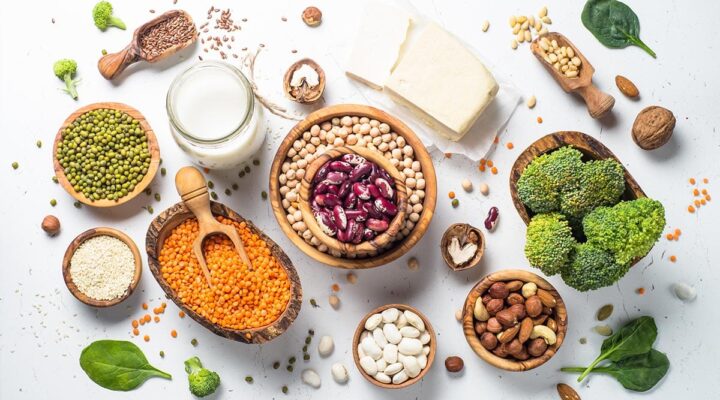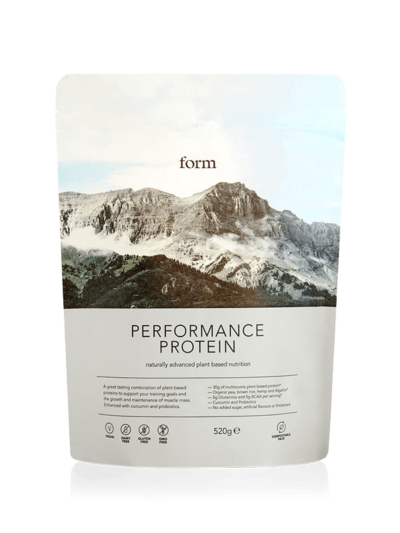What Is the Climatarian Diet: The Sustainable Lifestyle Swap That Might Just Save the Planet

With climate change posing a serious threat to our planet’s future, many of us are looking at ways to decrease our environmental impact on an individual level. One way to do that is by changing your diet.
Some might think that going vegan is the definitive answer, but sustainability experts say that it’s not quite as simple as just eliminating meat. Take a closer look at food labelling and it quickly becomes clear that plant-based foods have wildly varying carbon footprints — especially when you consider that some have flown for thousands of miles before they reach the supermarket shelves.
We need to go further then, and that’s why some people are adopting a so-called ‘climatarian diet’, which focuses on the environmental impact of what we eat, and how to reduce it. This climate-conscious diet could be effective at reducing the UK’s carbon emissions to the point that Doctors at nutrition app Lifesum have even estimated that if every person in Britain followed the diet plan, it would be the equivalent of removing 85 million cars off the roads per year.
What Is The Climatarian Diet?
Unlike regular diets, which focus on health and weight loss, the goal of the climatarian diet is to reduce our collective contribution to environmental harm and help to protect the planet. The eating plan does this by prioritising locally sourced, seasonal ingredients over foods that have been transported or manufactured in ways that cause environmental damage.
Originally devised by not-for-profit organisation Climates Network CIC, the climatarian diet has been around for several years with the New York Times including it on its list of new food-related words in 2015, describing it as “a diet whose primary goal is to reverse climate change”. Its popularity and widening use has accelerated this decade though, as the effects of climate change have become even more apparent and widely discussed.
According to climatarians, the diet has a number of foods that are ‘on the menu’ as well as ones to avoid, and Climates Network CIC estimate that following the diet can help a person individually save a tonne of CO2 equivalents per year.
Foods that are encouraged include seasonal fruit, vegetables and plant foods, and if you aren’t vegan, you can also eat pork, poultry, sustainable fish species, and bought-at-source dairy products and eggs. Followers of the eating style avoid meats with higher carbon footprints — such as beef, lamb and goat — plus unsustainable fish, and food that’s air-flown or grown in heated greenhouses.

Eating local and in season is the major golden rule, but climatarians also make sure to avoid foods that use large amounts of natural resources, like land and water, cause harm to our oceans, emit large amounts of greenhouse gasses or use non-degradable packaging.
“It doesn’t mean cutting meat and dairy completely,” says Dr. Alona Pulde, lifestyle medicine doctor at Lifesum and co-author of The Whole Foods Diet. “It’s about considering the origins of what’s on your plate and reducing your CO2 impact by switching to eco-friendly options.”
What Are The Benefits?
Reducing our carbon emissions is a no-brainer: every small effort helps to reverse the impact of global warming, leading to a healthier water supply, reduced air pollution, improved public health and fewer natural disasters.
But it’s not just good news for the environment — experts say that eating a climatarian diet may have benefits for our health too, as it means we eat less red meat and prioritise gut-friendly, plant-based foods.
As Pulde notes: “Shifting to a more plant-based diet could reduce both mortality and greenhouse gas emissions by up to 10 percent and 70 percent respectively by 2050. Plus, choosing a larger variety of whole plant-based foods that are high in fibre, water, and nutrients and lower in fat, sugar and salt can help to lower obesity, which is shown to increase the risk of heart disease by up to 28 percent.”
Climatarians argue that following the diet plan can help you to live longer, and there may be some truth to their thinking. A 2019 study published in Proceedings of the National Academy of Sciences of the United States of America looked at 15 different food groups and found that seasonal foods with the lowest environmental impact were linked with an overall risk of death and one or more chronic diseases like heart disease, diabetes, and stroke.
Even just replacing CO2-heavy red meat with white meat or plant protein like nuts, seeds, lentils and tofu has been found to lower your risk of heart disease and stroke. And major studies have revealed red and processed meat are also linked to an increased risk of certain cancers, such as colorectal, breast, prostate and pancreatic.

How Can I Shop Like A Climatarian?
It’s difficult enough to make nutritional decisions for our own health, let alone consider the health of the planet. Luckily, a number of apps are making it easier for consumers to make smarter choices at the checkout.
Carl Olivier is the co-founder and CEO of Sustained, one such app that’s designed to help individuals make environmentally-friendly decisions when it comes to the food they buy. We asked him to share some easy, sustainable swaps you can make next time you load up your trolley…
Brew a cup of chicory instead of ground coffee
On average in the UK we drink around two cups of coffee a day, and while you might not want to hear this, your morning cup of coffee is not exactly environmentally friendly.
Olivier explains that coffee not only has high land and water use, but the popularity of ‘sun-grown’ coffee – where the coffee trees are grown in direct sunlight for higher yields – has caused over 2.5 million acres of forest to be cleared in Central America, and contributed to a huge loss in biodiversity.
“For a morning brew without the hefty environmental price tag, chicory root makes an excellent, and guilt-free, alternative,” he says. “Like coffee beans, chicory root can be roasted, ground and brewed, and often comes pre-ground and roasted, making it so easy to prepare. Brewed like your regular ground coffee, it works with filter coffee machines, French presses and espresso machines, and produces a delicious coffee-like taste that is naturally caffeine-free.”
Switch beef and lamb mince for lentils and pulses
“Hearty dishes like chili con carne, moussaka, or cottage pie might be delicious and economical, but they’re not so kind to the planet,” says Oliver.
“Before it even reaches the supermarket shelves, lamb produces on average 20.4kg of C02 emissions, and beef doesn’t fare much better as an eco-friendly choice, either. A single kilogram of beef requires over 7.5 litres of water, not to mention the greenhouse gases produced.”
By halving the meat content of these dishes, and replacing it with lentils, kidney beans or other pulses, Olivier says that we can be kinder to the planet as well as ourselves, as we’re also decreasing the amount of saturated fat in each serving.
Avoid avocado and go for butternut squash and edamame beans
Whether slathered on toast or stirred into smoothies, avocados have become a mainstay of healthy food. “This popularity has made them incredibly profitable, and their status as a cash crop has earned avocados the name ‘green gold’,” notes Olivier.
However, plantation-farmed cash crops like avocados that are grown in monocultures “play havoc with the environment,” he says. “They draw all the nutrients from the soil, making it less fertile over time until it’s no longer viable for farming, plus they encourage large-scale deforestation, leading to climate change and increased carbon in the atmosphere.”
For an eco-alternative to the creamy texture of avocado, Olivier suggests trying butternut squash: “It mashes and blends in much the same way, and produces the same unique mouth-feel, while you can create a guilt-free and delicious guacamole substitute by mashing edamame beans with garlic, lime juice and oil.”

















